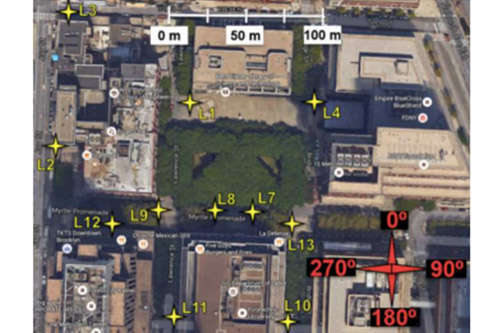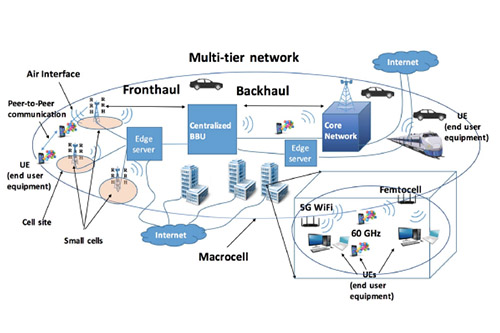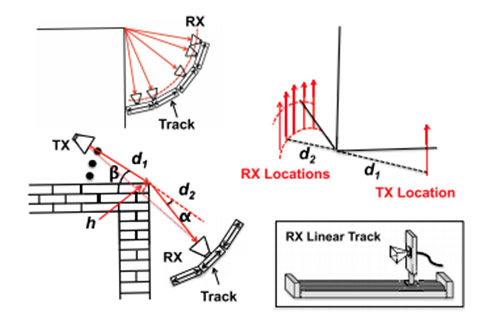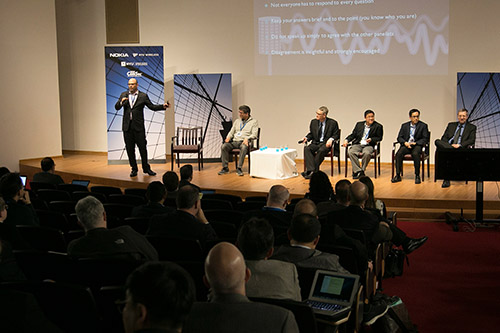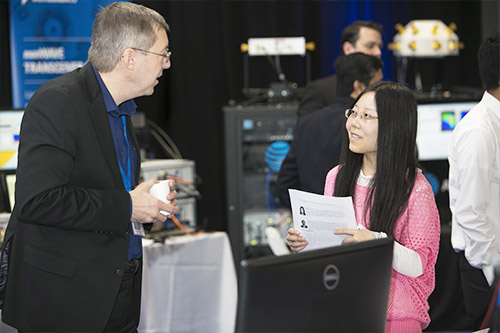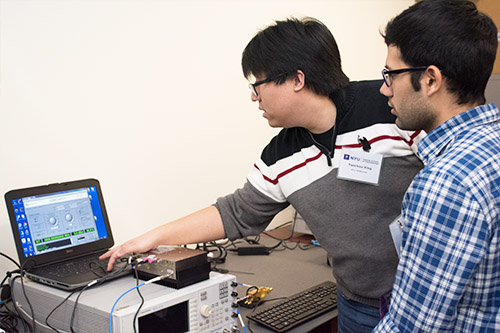Channel Modeling for Integrated Sensing and Communications

NYU Wireless P.I.s
Research Overview
The growing interest in integrated sensing and communications (ISAC) for next-generation networks is creating new challenges in channel modeling. The goal is to use the same radio signals for both communication and for sensing. However, classical communication channel models are not built for this dual purpose, as they focus only on communication functionality. In contrast, ISAC must also model how signals interact with a sensing targets. Because traditional models fail to explicitly capture this target interaction, they are unsuitable for ISAC applications, necessitating the development of new, accurate ISAC channel models. A critical concept in this new modeling is the Radar Cross Section (RCS) characterization of sensing targets. The RCS quantifies a target’s unique “reflective signature”, i.e., how it scatters radio energy based on its size, material, and geometry. This signature determines how detectable a target is. Standardized communication models use an oversimplified approach, treating all objects as passive reflectors and failing to account for the RCS variations that are essential for accurate sensing.
This project addresses this fundamental gap. We are developing a comprehensive channel modeling framework and the necessary real-world characterizations to support the future of ISAC in 6G.
- In our first study, we are building a novel channel modeling framework specifically designed for ISAC. Its core novelty is a “dual-channel” approach that separates the background channel from the channel that consists of the paths that bounce off a sensing target. This allows the model to accurately represent a target’s unique RCS, which is crucial for detecting and identifying objects. The model is designed to be both geometrically consistent for reliable sensing and versatile enough to support all standard propagation conditions and system configurations.
- In our second study, we have conducted an extensive measurement campaign to ensure our model is grounded in reality. We systematically captured the reflective signatures of typical industrial targets, such as drones and robots, across different angles. This empirical data served as the foundation for developing both statistical RCS models, which describe the complex fluctuations of these signatures, and new deterministic models that accurately capture their behavior. Our results are validated against industry standards, confirming the model’s practical relevance and accuracy.

Propagation Conditions for ISAC Channel
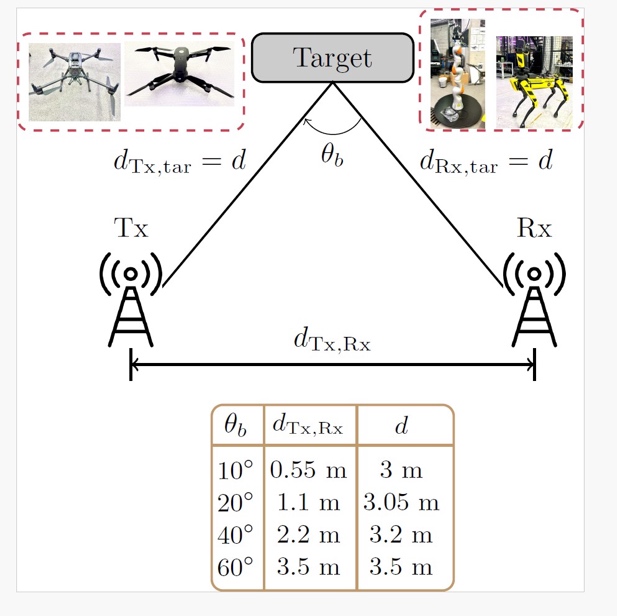
Measurement Setup Configuration
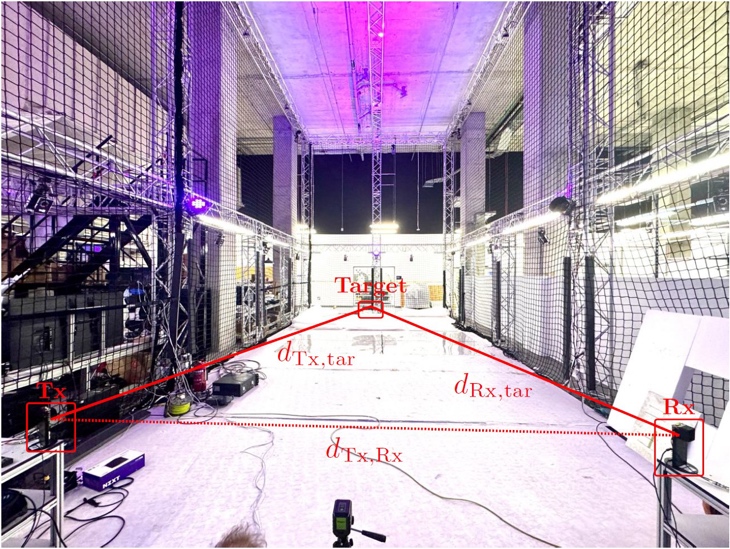
Actual measurement setup for bistatic configuration

 2025 Brooklyn 6G Summit — November 5-7
2025 Brooklyn 6G Summit — November 5-7 Sundeep Rangan & Team Receive NTIA Award
Sundeep Rangan & Team Receive NTIA Award 2025 Open House
2025 Open House